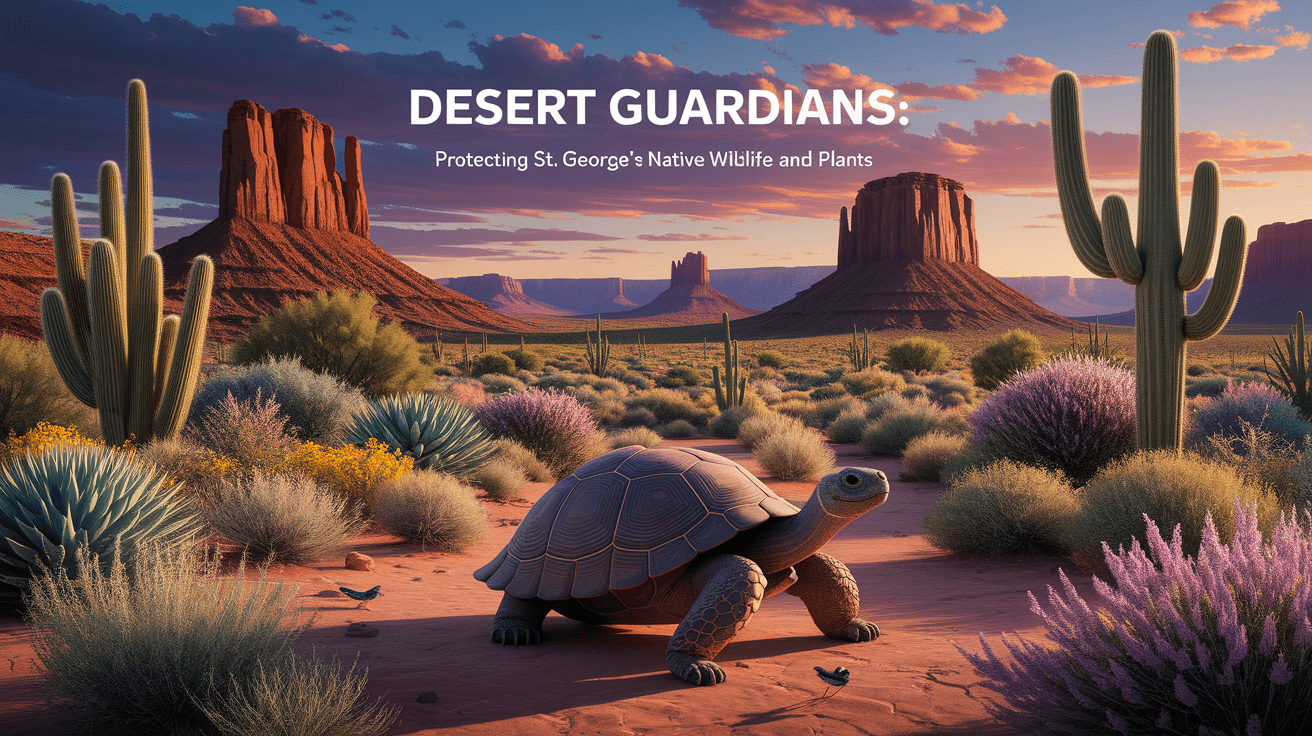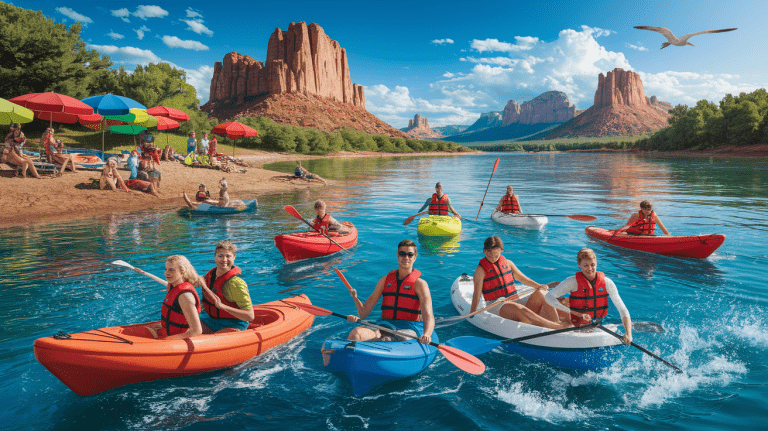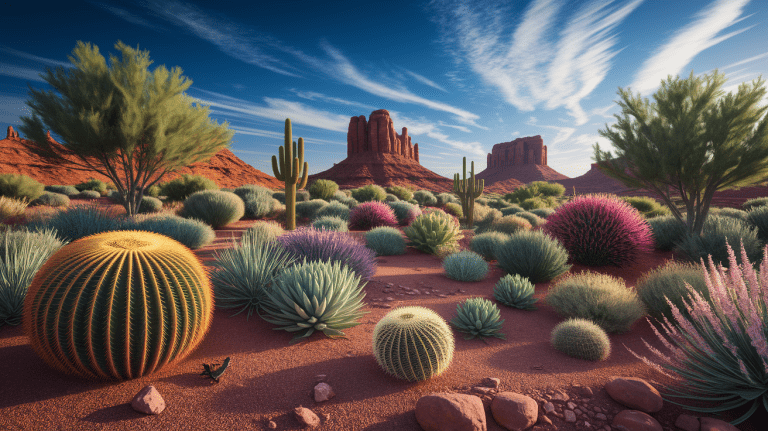Desert Guardians: Protecting St. George’s Native Wildlife and Plants
Desert Guardians: A Glimpse into St. George’s Conservation
Here in St. George, Utah — tucked into the edge of the Mojave Desert — the landscape is more than just red rock and stunning vistas. It’s a living, breathing desert ecosystem unique to southern Utah, home to an amazing diversity of plants and wildlife. Over the years, I’ve come to appreciate how these native species depend on dedicated conservation efforts to thrive, from the banks of the Virgin River to the high desert plateaus. Local programs are working hard to balance human activity with habitat preservation, keeping the region’s biodiversity intact for generations to come.

Meet the Locals – Native Wildlife of St. George
Some of St. George’s “neighbors” are much more elusive than others, but they’re all critical parts of the desert ecosystem. Reptiles are particularly plentiful in this arid climate, including fascinating species like the Gila monster, desert night lizard, and sidewinder rattlesnake. Each is specially adapted to survive the hot, dry conditions.
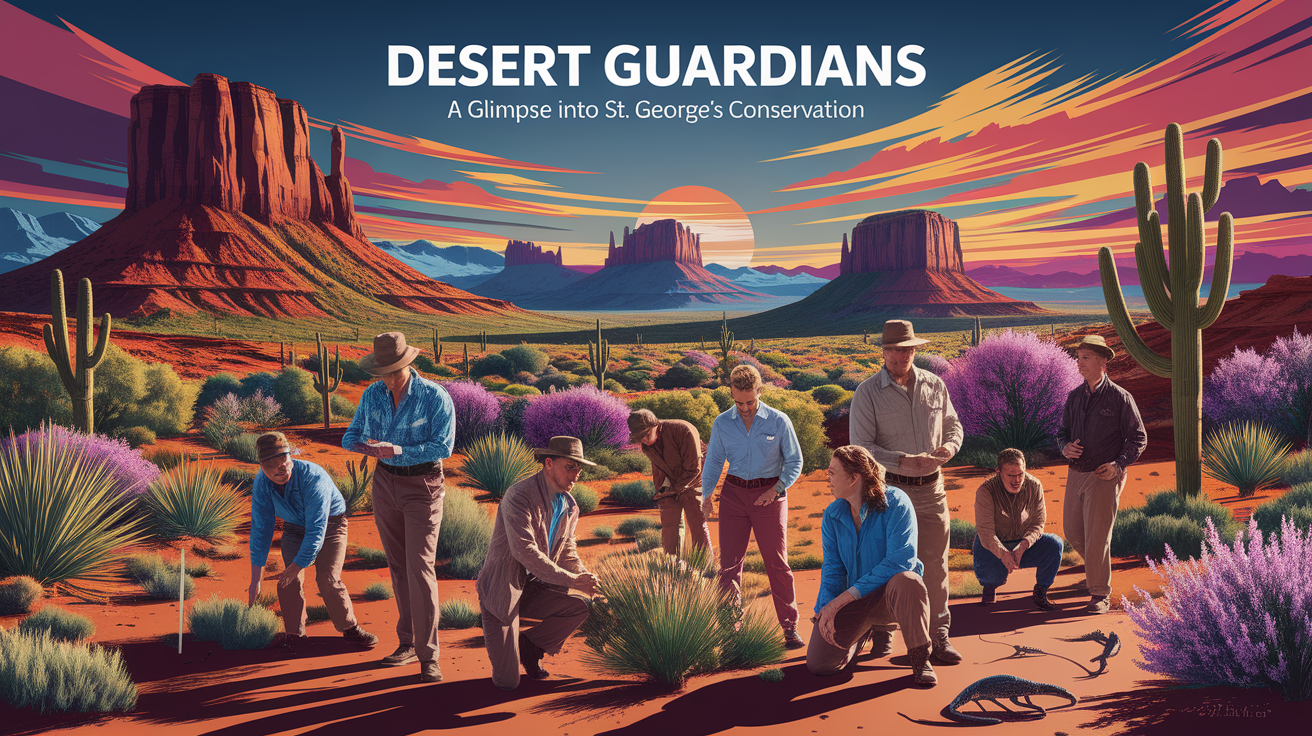
Larger mammals such as mule deer, bobcats, and coyotes roam the foothills, while raptors soar over the canyons. Along the Virgin River’s riparian zones, fish species like the Bonneville cutthroat trout and the rare woundfin find refuge. You can explore more about these species through resources like Utah’s state park overviews of native wildlife and the detailed list of Utah’s fauna for curious explorers.
Roots of Resilience – Native Plant Communities
The plants of St. George are true survivors. From towering Joshua trees to the hardy prickly pear cactus, native flora offers food, shelter, and soil protection in the desert. Wetland plants — like cattails and bulrushes — thrive in riparian zones along streams, supporting birds and aquatic life. Their adaptations, such as hollow stems and water-resistant leaves, allow them to survive in an environment that swings between drought and flood.
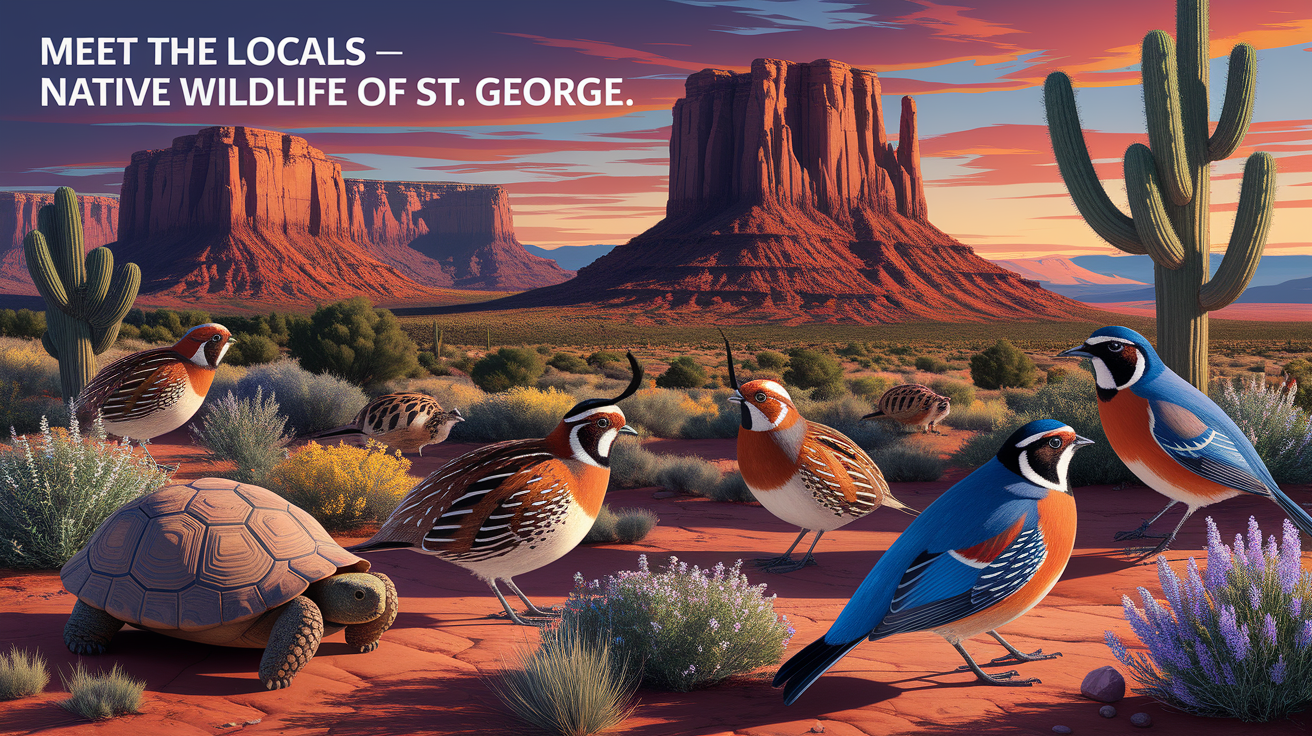
Protecting these communities is vital. Riparian plants stabilize stream banks, while desert shrubs prevent erosion from high winds. For more on their ecological roles, the Utah Geological Survey provides fascinating insights into wetland plants and their importance in the St. George area.
Threats on the Horizon – Conservation Challenges
Even in such a resilient ecosystem, threats loom. Urban expansion often means habitat loss for sensitive and endangered species like the desert tortoise. Water diversion impacts aquatic habitats along the Virgin River, reducing natural flows needed for fish and amphibians. Invasive species compete with native wildlife and plants, destabilizing the ecosystem.
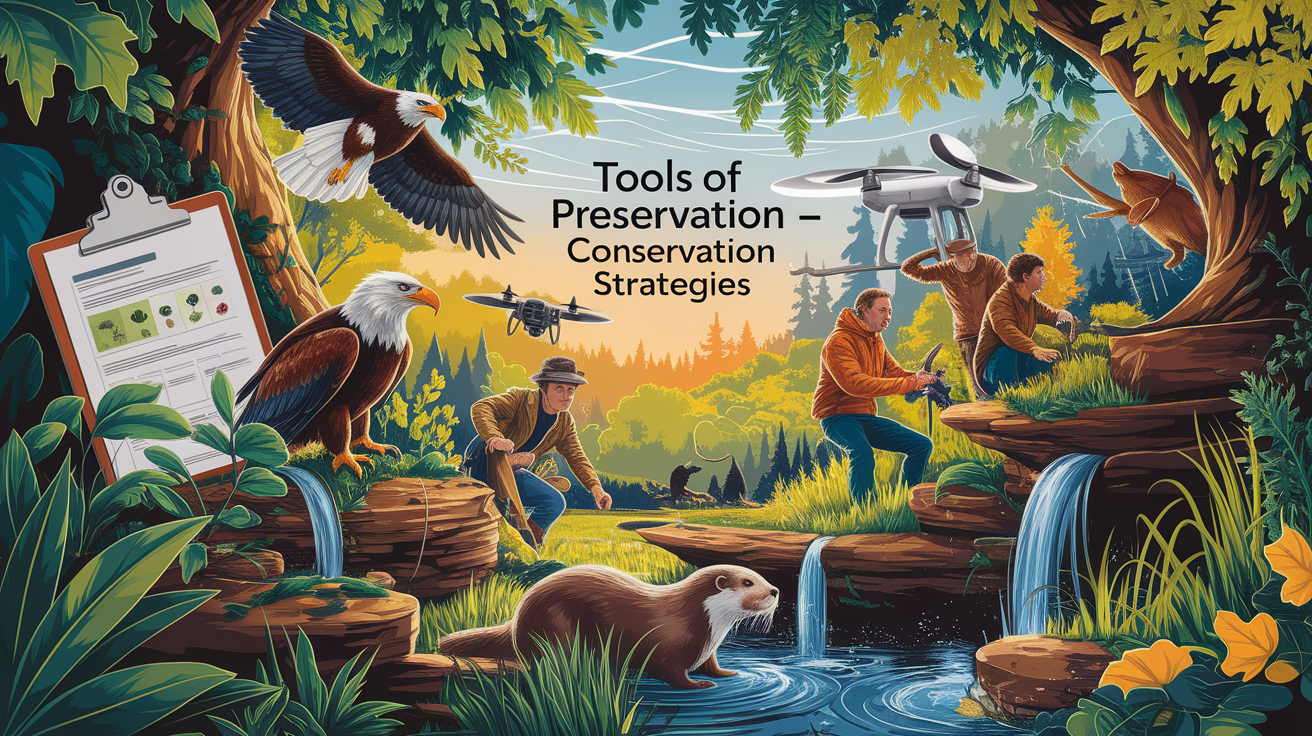
Climate change adds to these pressures, bringing hotter summers and altered rainfall patterns. The Virgin River Program points to habitat restoration and invasive species management as key strategies for safeguarding biodiversity in this fragile region.
Tools of Preservation – Conservation Strategies
Local conservationists use a variety of strategies to protect native life:
- Protected Reserves: Sites like the Red Cliffs Desert Reserve and Snow Canyon State Park offer safe havens for wildlife and plants.
- Habitat Restoration: Repairing damaged riparian zones and replanting native species.
- Public Education: Guided walks, workshops, and volunteering opportunities to promote understanding.
- Monitoring and Research: Tracking populations of endangered species to inform conservation plans.
In Snow Canyon, for example, efforts also focus on pollinators, such as native bee species, that play a crucial role in plant reproduction (Friends of Snow Canyon has good details on this).
Cultivating Tomorrow – A Sustainable Future for St. George
If you’re visiting or living in St. George, there are plenty of ways to support conservation. Planting native species in your yard reduces water use and provides habitat for local pollinators. Volunteering with wildlife programs, or even just staying informed through local organizations, helps strengthen our collective stewardship of the desert ecosystem.
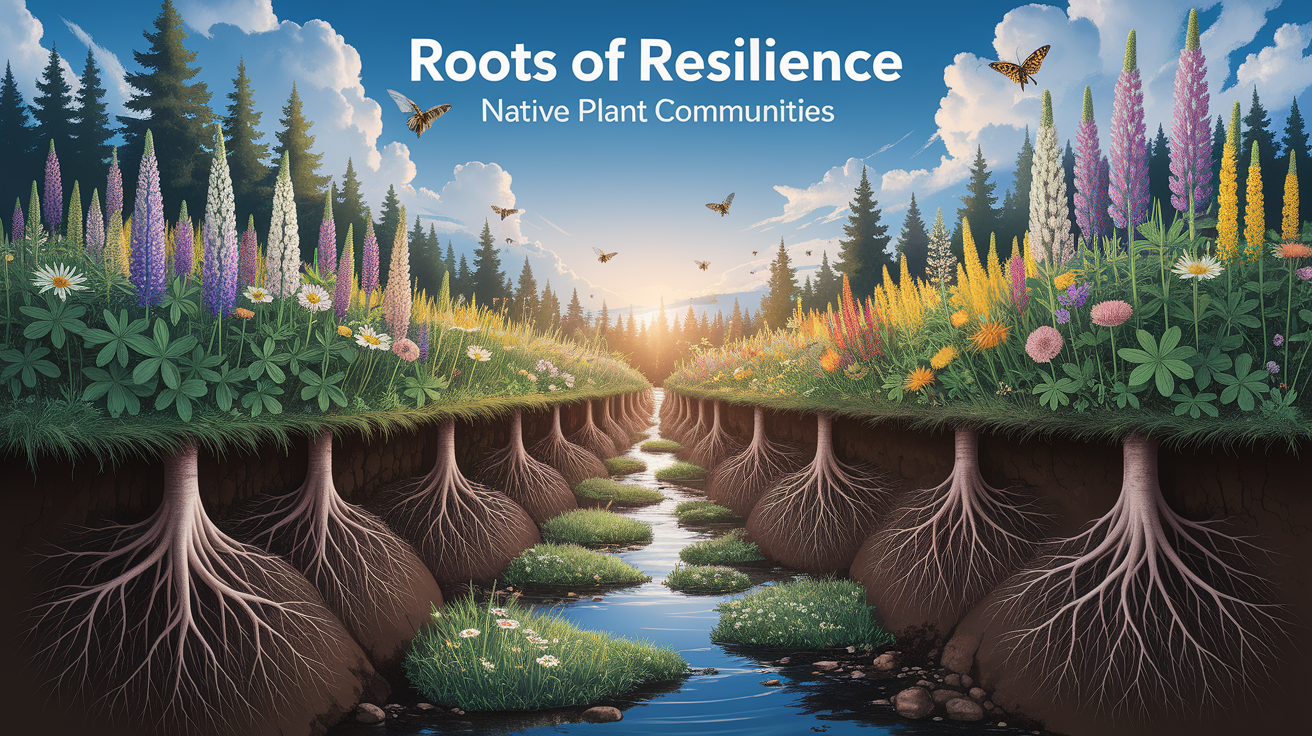
By valuing native plants and wildlife, participating in habitat restoration projects, and supporting protected areas, we can ensure St. George’s Mojave Desert landscapes remain vibrant. With shared commitment, the desert’s guardians — both human and natural — will keep this unique corner of Utah thriving for years to come.

